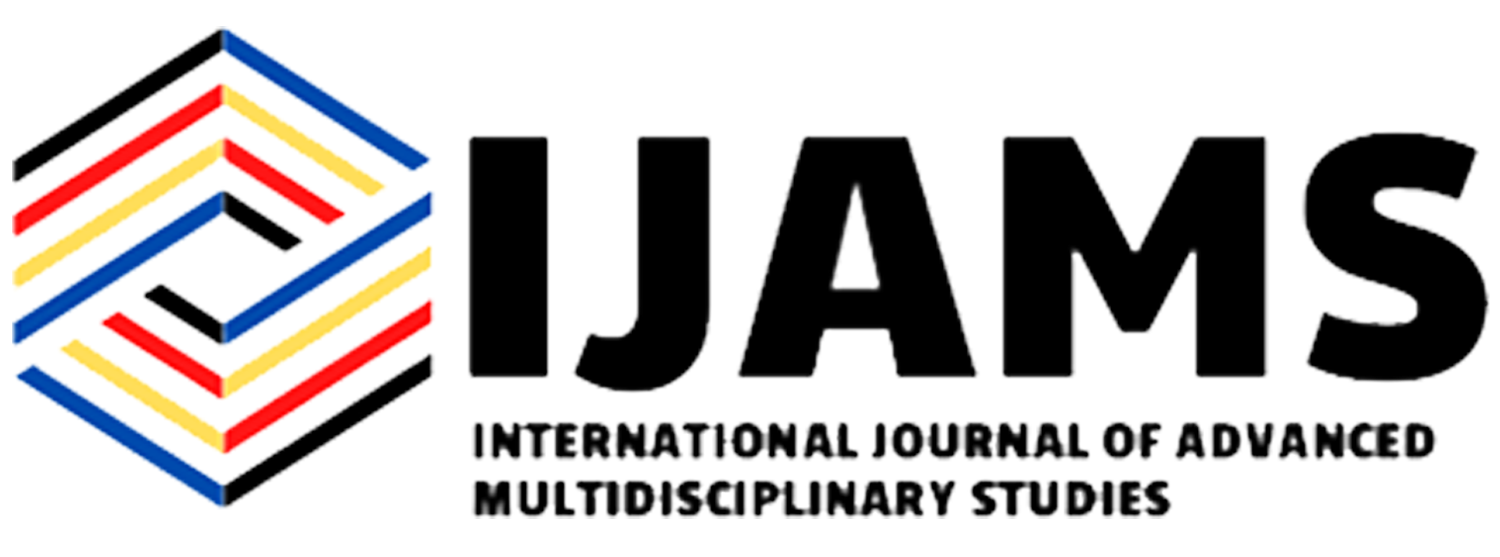ISSN: 2782-893X
eISSN: 2799-0664
 ISSN: 2782- 893X
ISSN: 2782- 893X


This study describes the school heads’ extent of use of aggressive communication
style, assertive communication style, open communication style, and inclusive communication
style. This study also describes the teachers’ communication satisfaction along personal feedback,
supervisor communication, horizontal communication, organizational integration, organizational
perspective, communication climate, and media quality. The extent of use of communication styles
of school heads were correlated with the level of satisfaction of teachers. Descriptive and
correlational analysis were used in the study through the use of survey questionnaires. The
respondents of the study were the twenty-two (22) secondary school heads, five hundred seven
(507) secondary regular teachers in the first congressional district, schools division of Zamboanga
del Norte. Two research instruments were used in this study. One instrument was used to gather
information about the profile of school heads and their communication styles. The second
instrument was used to determine the communication satisfaction among teachers.
Descriptive analysis were made by classifying the respondent groups according to demographic
profile. Correlational analysis were used to determine the relationship between the variables. The
statistical methods used to analyze and interpret the results were the frequency, percent, weighted
mean, standard deviation, Mann-Whitney U Test, Kruskal-Wallis H Test, and the Spearman RankOrder Correlation Coefficient. The school heads used several communication styles to effectively
lead their teachers. They used aggressive communication style to a very slight extent and assertive
communication style to a high extent. The school heads applied open communication style and
inclusive communication style to a very high extent. The teachers were much satisfied with the
way their school heads communicate in leading them. It can be inferred that the school heads’
communication styles used highly affects the teachers’ communication satisfaction in all aspects
of communication. The present researcher encourages all school heads of the division of
Zamboanga del Norte to adopt and implement the newly proposed interactive model of
communication to achieve a high level of communication satisfaction among teaching and nonteaching personnel in their learning institutions.